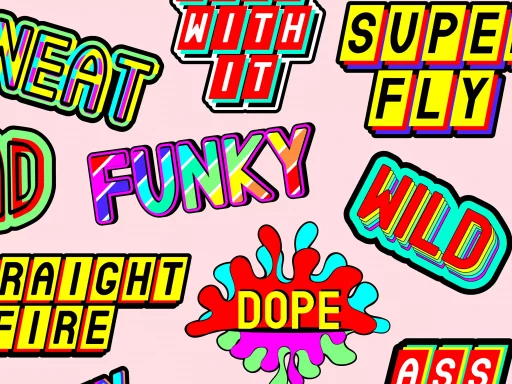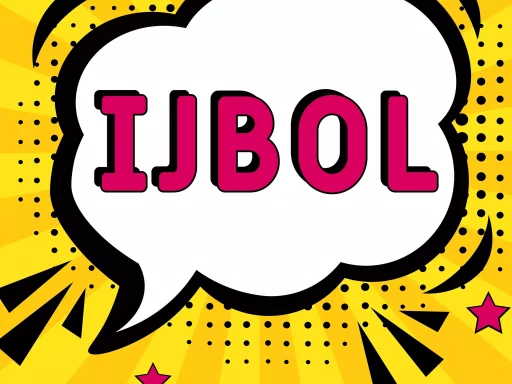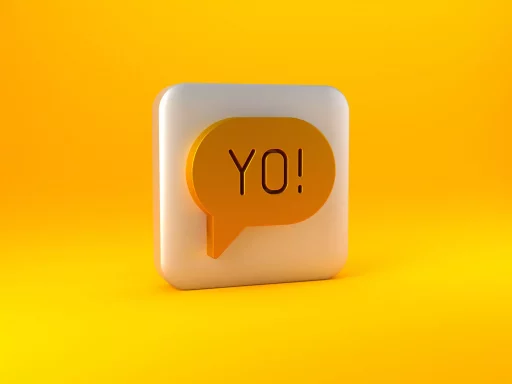Introduction to ‘Bae’
The term ‘bae’ has become a ubiquitous part of modern slang, especially among younger generations. It’s frequently used on social media, in casual conversations, and even within marketing campaigns. But what does ‘bae’ actually stand for? This article delves into the origin, usage, and cultural implications of this trendy term.
Origin of ‘Bae’
The term ‘bae’ is often said to be an acronym for “Before Anyone Else.” It emerged in the early 2010s to denote someone who is considered a significant other or a very dear friend. However, many linguists argue that ‘bae’ did not initially start as an acronym at all.
- ‘Bae’ is believed to have originated from the word ‘babe’ or ‘baby.’
- The earliest recorded use of ‘bae’ as slang occurred around 2003 in a rap song by the artist “T-Pain.”
- It gained significant notoriety after a 2014 Vine video in which the user made a humorous play on the acronym’s meaning.
How ‘Bae’ is Used Today
In contemporary usage, ‘bae’ is predominantly employed as a term of endearment. It can apply to romantic partners, but it’s also flexible enough to denote close friendships.
- Romantic Relationships: In romantic contexts, ‘bae’ is often used in affectionate phrases. For instance, “I love spending time with my bae!”
- Friendships: It can also refer to a close friend, as in, “My best friend is totally my bae!”
- Self-Identification: People might even refer to themselves as ‘bae’ in a playful manner, possibly via social media posts.
Statistics and Popularity
The popularity of ‘bae’ has been monitored through various linguistic studies and social media metrics. According to a 2016 report by the Oxford English Dictionary:
- Usage of ‘bae’ in tweets increased by 28% from 2015 to 2016.
- The term was included in the Oxford English Dictionary in 2014, solidifying its place in modern vernacular.
Moreover, studies suggest that ‘bae’ resonates more with younger demographics, particularly Millennials and Gen Z, indicating an evolving language styled around affection and intimacy.
Bae in Popular Culture
The influence of ‘bae’ on popular culture cannot be overlooked. It has made its way into various aspects of media, including:
- Music: Numerous songs reference ‘bae,’ contributing to its mainstream appeal. Tracks by artists like Pharrell Williams and Justin Bieber have utilized the term effectively.
- Television: Popular TV shows like “Keeping Up with the Kardashians” use ‘bae’ regularly, further embedding it into the cultural lexicon.
- Advertisements: Brands have recognized the appeal of ‘bae’ and often incorporate it into their marketing campaigns to resonate with younger audiences.
Case Studies
Several brands have effectively harnessed the term ‘bae’ to connect with their target demographics. For instance:
- Starbucks: The coffee giant launched a campaign called “#LoveBae” to promote its Valentine’s Day products.
- Netflix: Using the phrase “Binge-watching with my bae” in their promotions catered to a younger audience that identifies with the term.
Both campaigns enjoyed significant engagement across social media platforms, demonstrating the effectiveness of using relatable slang in marketing.
Conclusion
In summary, the term ‘bae’ has grown from a niche slang word to a widely recognized term of endearment that conveys intimacy, affection, and even humor. While its exact origin may be debated, its current prevalence in language, culture, and marketing is clear. Whether you are using it with a romantic partner, a close friend, or simply for self-reference, ‘bae’ has secured its spot in modern communication.






